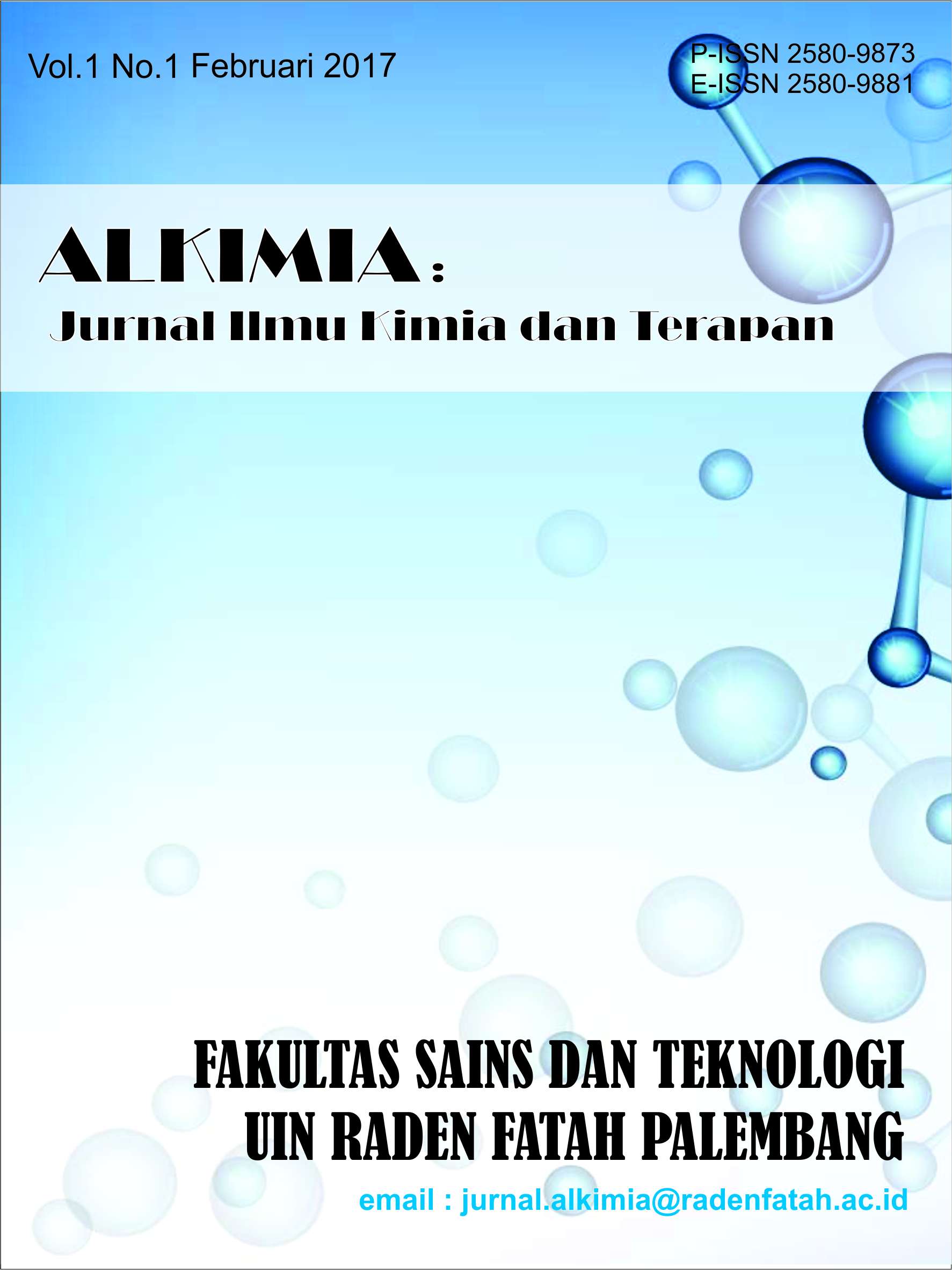Antioxidant Activity of Sweet Potato Based Tapai: Experimental Study on Different Varieties and Fermentation Duration
DOI:
https://doi.org/10.19109/yv9x9730Keywords:
Sweet potato tapai, fermentation, functional food, antioxidant, IC₅₀Abstract
Free radicals caused by modern living are linked to diseases like cancer, diabetes and heart disease. Antioxidants in food, such as sweet potatoes, are a safe way to prevent these. Sweet potatoes have lots of bioactive compounds, especially in the purple and yellow types. Fermentation, like in tapai made from sweet potatoes, can make antioxidants more active by changing phenolic compounds. The present study evaluated the antioxidant activity of different sweet potato types (purple, yellow, and white) at various fermentation durations. Sweet potatoes were fermented for 0, 2, 4 or 6 days and the antioxidant activity of the resulting tapai was measured using the DPPH method. The study found purple sweet potato tapai fermented for four days to have the highest antioxidant activity, with an IC₅₀ value of 52.7 µg/mL, almost reached vitamin C at IC₅₀ 45.6 µg/mL. Yellow and white sweet potato tapai showed much lower activity (IC₅₀ 68.4 and 83.1 µg/mL, respectively). The study showed antioxidant levels can vary depending on sweet potato variety and fermentation time. These findings contribute to the development of traditional fermented foods as a preventative dietary intervention against degenerative diseases, which are increasingly prevalent in modern society.
References
https://www.who.int/news-room/fact-sheets/detail/noncommunicable-diseases, accessed on May 22, 2025.
V. Lobo, A. Patil, A. Phatak, and N. Chandra, “Free radicals, antioxidants and functional foods: Impact on human health,” Pharmacognosy Reviews, vol. 4, no.8, pp.118-126, 2010.
L. A. Pham-Huy, H. He, and C. Pham-Huy, “Free radicals, antioxidants in disease and health," International Journal of Biomedical Science, vol. 4, no.2, pp. 89-96, 2008.
https://barutkab.bps.go.id/id/statistics-table/2/ODU2IzI%3D/luas-panen-produktivitas-dan-produksi-ubi-jalar-provinsi-kalimantan-tengah.html, accessed on May 22, 2025.
R. Mahendra, S. Rahardjo, and K. Dewi, “Pengaruh Mikroorganisme Fermentasi terhadap Kandungan Antioksidan Tape,” Jurnal Mikrobiologi Indonesia, vol. 5, no.2, pp. 122-129, 2019.
R. Hidayat, R. Pratiwi, and M. Sari, ‘Pengaruh Lama Fermentasi Terhadap Aktivitas Antioksidan Tape Singkong,” Jurnal Teknologi Pangan Indonesia, vol. 4, no.2, pp. 122-130, 2020.
I. Yuliana, and Fitriani, D, “Aktivitas Antioksidan Tape Ubi Jalar Ungu dan Kuning Selama Fermentasi,” Jurnal Ilmu dan Teknologi Pangan, vol. 6, no.1, pp.33-40, 2021.
S. Mutmainah, and N. Qomariyah, “The Effect of Variation in Yeast Percentage and Type of Wrap on White Sweet Potato Tapai towards Panelist Preference Test,” Biota: Jurnal Ilmiah Ilmu-Ilmu Hayati, vol. 6, no.3, pp. 155-161, 2021.
Y. Jiao, Y. Jiang, W. Zhai, Z. Yang, “Studies on antioxidant capacity of anthocyanin extract from purple sweet potato (Ipomoea batatas L),” African Journal of Biotechnology, vol. 11, pp. 7046-7054, 2012.
L. N. Samber, H. Semangun, and B. Prasetyo, “Ubi Jalar Ungu Papua Sebagai Sumber Antioksidan,” Seminar Nasional, 3, 2016.
W. Nurtiana, “Anthocyanin As Natural Colorant: A Review,” Food ScienTech Journal, vol. 1, no.1, pp. 2685-4279, 2019.
Lismawati, and T. Nofita, ‘Kandungan Beta Karoten dan Aktivitas Antioksidan Terhadap Ekstrak Buah Labu Kuning (Cucurbita moschata),” Jurnal Mandala Pharmacon Indonesia, vol. 7, no.2, pp. 263-273, 2021.
A. R. Putri, A. Wulandari, and R. Mulyani, “Kandungan Antosianin dan Aktivitas Antioksidan Ubi Jalar Berbagai Warna,” Jurnal Gizi dan Pangan Fungsional, vol.6, no.1, pp. 34-41, 2021.
S. Widyaningsih, and R. Astuti, “Fermentasi Ubi Jalar Ungu dan Aktivitas Antioksidan Tape. Indonesian Journal of Food Science and Nutrition, vol. 8, no.2, pp. 65-73, 2022.
AOAC. (2019). Official Methods of Analysis of AOAC International (21st ed.)
R. A. Ayuningtyas, N. A. Handayani, and M. Nugraheni, “Pengaruh Kandungan Fenolik terhadap Aktivitas Antioksidan Olahan Ubi Jalar,” Jurnal Teknologi dan Industri Pangan, vol. 31, no.1, pp. 56-63, 2020.
I. Taliku, P. N. Maspeke, S. Une, “Pengaruh Lama Pengukusan Terhadap Aktivitas Antioksidan dan Karakteristik Kimia Tapai Ubi Jalar (Ipomoea Batatas L.),” Jambura Journal Of Food Technology, vol. 3, no.2, pp. 84-93, 2021.
A. Fitrian, and R. Azara, “Making Purple Sweet Potato Tape Flour (Ipoema batatas var.Ayamurasaki): A Study of Fermentation Time and Yeast Concentration,” Journal of Tropical Food and Agroindustrial Technology, vol. 1, no.2, pp. 22-29, 2020.
D. A. Handayani, B. Dwiloka, and N. Nurwantoro, “Mutu Kimia dan Organoleptik Ubi Jalar Putih (Ipomoea batatas) yang Difermentasi dalam Waktu yang Berbeda,” Jurnal Aplikasi Teknologi Pangan, vol. 6, no.1, pp. 48-51, 2016.
Downloads
Published
Issue
Section
License
Copyright (c) 2024 Yuliana Yuliana, Mansyur Mansyur, Urras Naleluni

This work is licensed under a Creative Commons Attribution-ShareAlike 4.0 International License.
- The author saves the copyright and gives the journal simultaneously with the license under Creative Commons Attribution License which permits other people to share the work by stating that it is firstly published in this journal.
- The author can post their work in an institutional repository or publish it in a book by by stating that it is firstly published in this journal.
- The author is allowed to post their work online (for instance, in an institutional repository or their own website) before and during the process of delivery. (see Open Access Effect).







.png)




